If ‘remote working’ and ‘digital transformation’ were the buzz-phrases of 2022 for SME-focused IT service providers. Then for 2023, the buzz-phrase of the year has to be ‘ChatGPT’, with ‘customer experience’ a close second.
While Artificial Intelligence (AI) is nothing new, it’s certainly matured enough to be the trendy new upstart of today. Mainly because it’s very easy to get started with it using an AI Chatbot like ChatGPT, Bard or Claude.
But what about the applications of AI and machine learning (ML) in terms of the digital customer experience?
In this article we explore how AI and ML is being used to enhance the digital customer experience (CX). And in particular how it helps in the online support space.
We also take a look at how AI has helped other industries and what the future of AI could look like in the IT support space.
Introduction
There’s been a marked shift in how we think about selling our products and services over the past few years.
“Having great products and pricing are no longer solely responsible for business success, but a great customer experience and satisfaction also plays a key role.” So says Chris Pemberton, Vice President of Marketing at Gartner who declared Customer Experience (CX) “The new battlefield.”
Large language models (LLMs) like ChatGPT, Bard and Claude have somewhat raised the profile of the capability of Generative AIs and their applications. Advancements in Natural Language Processing (NLP) has opened up a veritable pandora’s box of possibilities, which includes transforming the way the businesses handle the Customer Experience.
What Do We Mean by The Customer Experience?
While Customer Relationship Management (CRM) strives to build customer relationships, streamline processes and build satisfaction with their customers from the inside-out. Customer Experience (CX) is the view from the outside-in.
As a consumer, when we buy a product or request a service, we make judgements about that transaction based on our experience.
After each transaction, we ask ourselves a number of questions consciously and subconsciously:
- Were our expectations met?
- Did we receive value for that transaction?
- Were we made to feel valued?
- Were we given options?
Getting CX right can influence the decision for customers to remain loyal and renew their contracts. Getting it wrong, can reverse that, and if the experience is repeatedly bad for customers, it can cause customers to look elsewhere. Furthermore, bad reviews or word of mouth reputational damage can be even more costly to your business.
CX builds on the concepts of traditional CRM by incorporating personalisation. And by focusing on how it engages with customers throughout their buying journey.
The Rise of Customer Experience as a Business Priority
While CX as a concept, has been around for many years, it’s only recently risen to become a top priority for businesses. Back in 2010 where CX was a priority for just over a third of businesses, it rose up to two-thirds in 2020.
Businesses are looking to become more proactive. Using customer data and trend analysis to make transactions easier, faster and more tailored to their needs. And they want to feel engaged, valued and satisfied with the service they receive.
Also, customers want:
- A fast and efficient service
- A personalised service
- Friendly and empathetic agents
- Multiple channel preferences of contact
Without doubt, customers are expecting more from their service providers, throughout the experience. Service providers are looking to leverage technology to help them achieve that, and that’s where MSPs can help, by incorporating an AI solution.
How Can AI Help Improve the Customer Experience of a Business
There are two fundamental ways that AI can enhance the CX of a business.
- Greater personalisation for the customer
- Predictive analysis for an efficient response
Artificial Intelligence can be used in other ways, but these are the two primary benefits of AI for businesses that operate a digital service portal.
Personalisation
Knowing the customer’s preferences and applying them can be a challenge, but it is what customers are coming to expect more and more.
The amount of personalisation that can be offered depends upon the amount of data we have on the customer. Of course, some customers are not comfortable with giving away too much of their personal information, so if that’s the case, the AI will have less information to work with.
Personalisation is used commercially to tailor services and products to a consumer, allowing businesses to target them further with additional goods and services. For MSPs, this could include things like spotting recommendations for sales opportunities.
Predictive Analysis
Adaptive Artificial Intelligence can also be used to analyse the audio of a telephone call. Or in the case of an online customer portal, it can be used to analyse the text in online forms or in a webchat window.
In either case, the engine behind it is dissecting the language to extract the data it needs to identify, classify and prioritise the service required. This intelligent triage is very useful at identifying common, repetitive tasks and providing a learned successful response. The automation used here saves a lot of time for support desk operatives.
Even if the suggested course of action isn’t immediately obvious, the AI can generate script prompts to narrow the unknown parameters down. Allowing the support desk operative to assign the correct engineer.
Consumer Patience as a Driver for Better Customer Experience
When it comes to a competitive edge, alongside efficiency and accuracy, consumers want businesses to provide swift services.
Marketing and customer service expert, Jay Baer, conducted some research into the attitudes of consumers based on how quickly businesses responded to their needs. The research looked at the correlation between speed and customer satisfaction, and loyalty.
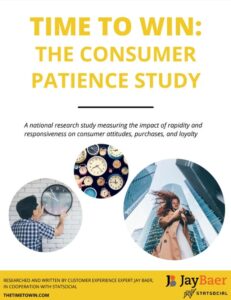
- Two thirds of customers say speed is as important as price
- Customers hate having to contact a business two or more times
- Contrary to popular belief, Baby Boomers are the least patient generation, and Gen Z are the most patient
- An average 4 hours response time is deemed acceptable to all forms of customer contact
- 47% of customers will not tolerate a wait time of 3 minutes or more – whether that’s in a shop, phone call or on a webchat
The study is full of interesting findings.
You can download the full study here for free at: https://www.thetimetowin.com/
The Functions of AI in the Customer Experience
In short, AI helps boost the customer experience of a business by using a number of different data crunching functions.
- AI-powered Natural Language Processing (NLP) – helps a computer system recognise human nuances through text analysis for better understanding of a service request
- Predictive Analytics – recognises patterns in customer behaviour to anticipate future needs
- Sentiment Analysis – detects emotion or sentiments in data to gauge customer perceptions
- Machine Learning – automated subtasks of AI through artificial neural networks capable of correlating patterns of data in line with other data models, which include demographics, trending topics and more.
The Service Desk and Customer Experience
For IT Service Providers, providing an effective service in a timely fashion is paramount to ensuring your customers issues resolved and they’re satisfied. Where an instant resolution is not possible, they want their expectations managed through regular communication.
Knowing more about our customers and their preferences can uplift the customer experience for them. An effective CRM system can help the agent taking a call understand the customer’s history and preferences. However, AI can take the customer experience much further.
With text communication, AI can make an intelligent diagnosis and effectively categorise and assign a ticket to the right engineer, as well as signpost to other useful resources. For example, knowledge base articles or video guides.
AI can assist in the automation of many processes used by service desk operatives, allowing them to be more efficient, and focus their energies on other things.
The table below shows, at a glance the efficiency savings AI can have on your service desk. Source: onshoreoutsourcing.com
AI in Other Service-Based Industries
Aside from IT Support, AI is being utilised in similar ways in other service industries, though there are some unique applications as well.
Food Service Industry
The food service industry is using personalisation to recommend dishes to their consumers, or assisting them in booking a table for dinner.
While AI chatbots help to answer most queries with a reasonable degree of accuracy, machine learning can crunch the numbers to give accurate estimates for delivery times, or suggest when traffic may cause delays.
Media Streaming Services
Streaming platforms like Netflix are getting the most out of AI personalisation algorithms too.
They use your demographic data, and your viewing history to make recommendations to you. Furthermore the machine learning engine adapts to whatever is popular in your country which goes into their future content production.
Airlines
Some airlines have experimented with a chat-first communication strategy. One such airline, a start-up based in Iceland called Play Airlines, saw an 85% success rate in implementing a chatbot. The cost savings in using an AI chatbot were considerable. Not to mention that the AI bot can communicate in many different languages.
The Race to AI Regulation
AI is still an open book in the tech industry at the moment. The potential is huge, but so are the risks.
The guardrails are still being built as the AI hype train continues to gathers momentum. The dangers of deepfakes, privacy concerns and how your data can be misused, are all too real.
So, there is a race to regulation, and as usual, the UK is lagging behind. The US Senate is also considering a framework for AI regulation. Meanwhile the parliament of the EU is already two years into pulling together its AI Act.
The Act is separating AI systems into the potential threat they pose:
- Unacceptable Risk – These will be banned under the act and consider examples such as social scoring, police profiling or smart toys that pose a risk to children by encouraging inappropriate behaviour
- High Risk – Education, law enforcement or border control, as well as medical equipment
- Limited Risk – Systems that will have to comply with minimal transparency requirements, such as image generation, video or audio where it will have to identify as AI-generated content
- Minimal or No Risk – AI in video games or spam filters will fall into this category
There’s Still Work To Be Done
There is still a lot of legal-wrangling to be done with these definitions before the act is passed.
The latest generation of large language models has taken AI to new and unexpected heights. The risks of ever-evolving technology can mean complex alterations, resulting in delays. And that is before the proposed Act reaches parliament for debate.
Also, the act makes the assumption that Google and Facebook, alongside others, will have to provide a way to flag when AI content is put out on the internet.
Whatever happens, the need for regulation to a recognised standard is going to be paramount to ensuring the technology is used safely and appropriately.
The AI Act will affect the EU, but the US, UK and China are already working on their own regulation frameworks. The challenge will be ensuring companies can meet multiple frameworks with their use of AI.
You can sign-up to the EU AI Act’s mailing list if you want regular updates on the progress of this as it develops.
Conclusion
The opportunities for AI in delivering a market leading Customer Experience are too good to ignore.
By auditing your own CRM to see if your business’ CX could benefit from AI augmentation, you’ll be in a better position to decide if the investment is worth the effort. While regulation is coming, it appears it will be more of a challenge to the big players than it will be for MSPs. Whereas the innovators who jump on early adoption curve may benefit from customers who appreciate you going the extra mile.
Not mentioned in this article has been the risks and opportunities of AI with regard to security. However, that is such a big subject, we’ll have to cover that another time.
Are you considering using AI to bolster your CRM system? Or perhaps you’re considering using LLMs to improve your service offerings to your clients?
Let us know in the comments if you’ve got an interesting project in mind. Or if you figure regulation of AI could be a bit of a minefield.


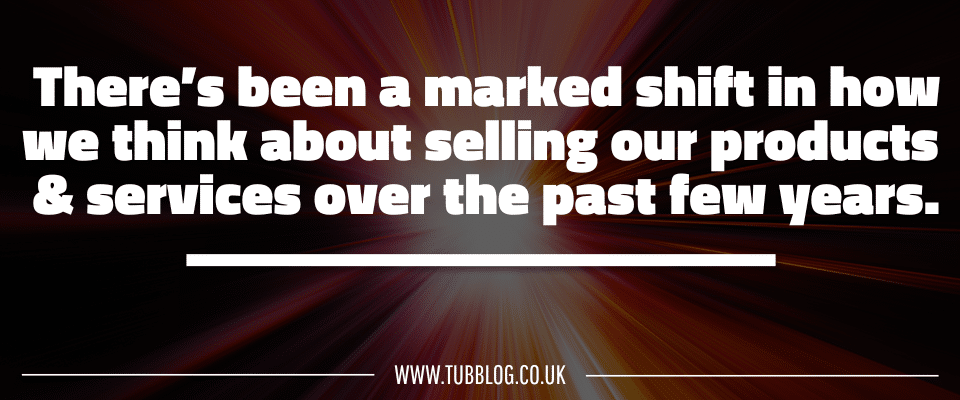
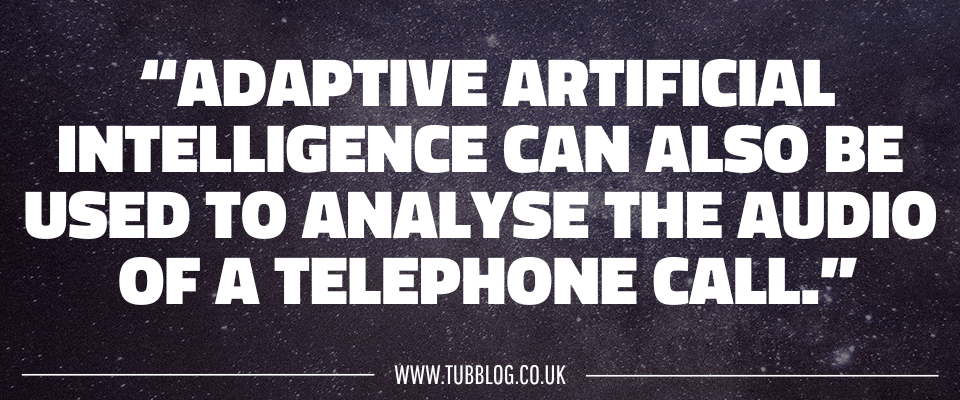
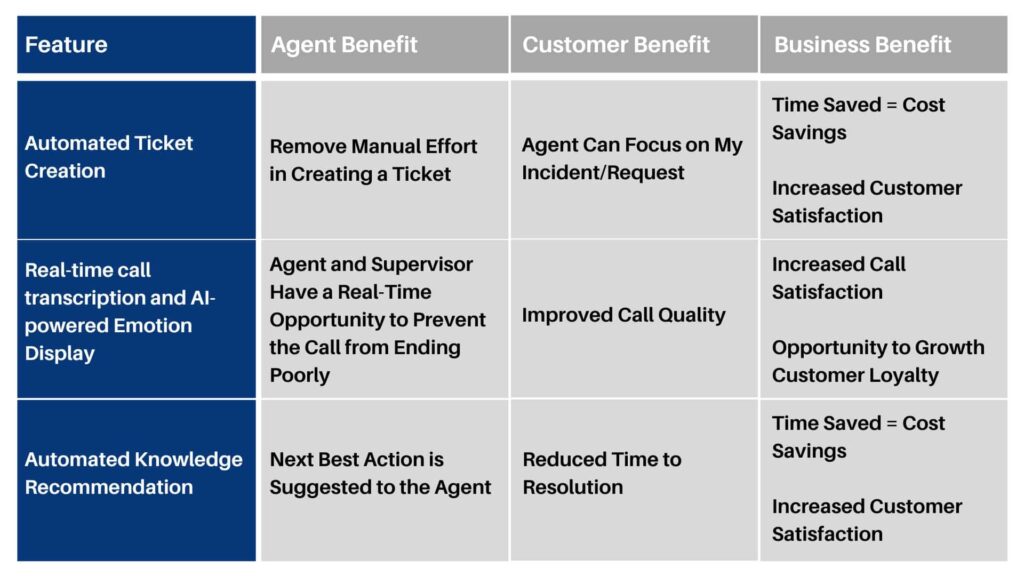
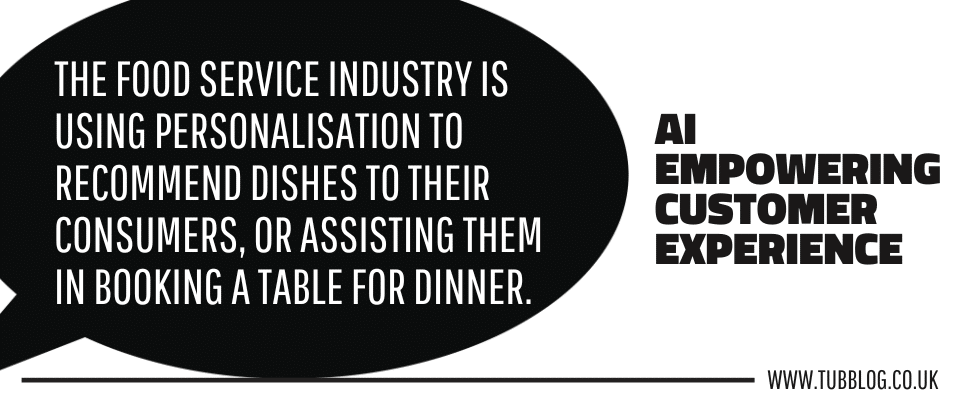
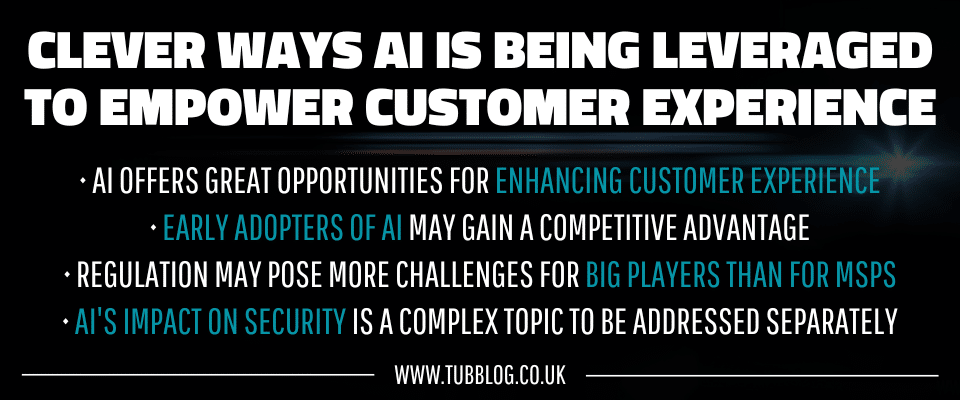













Comments